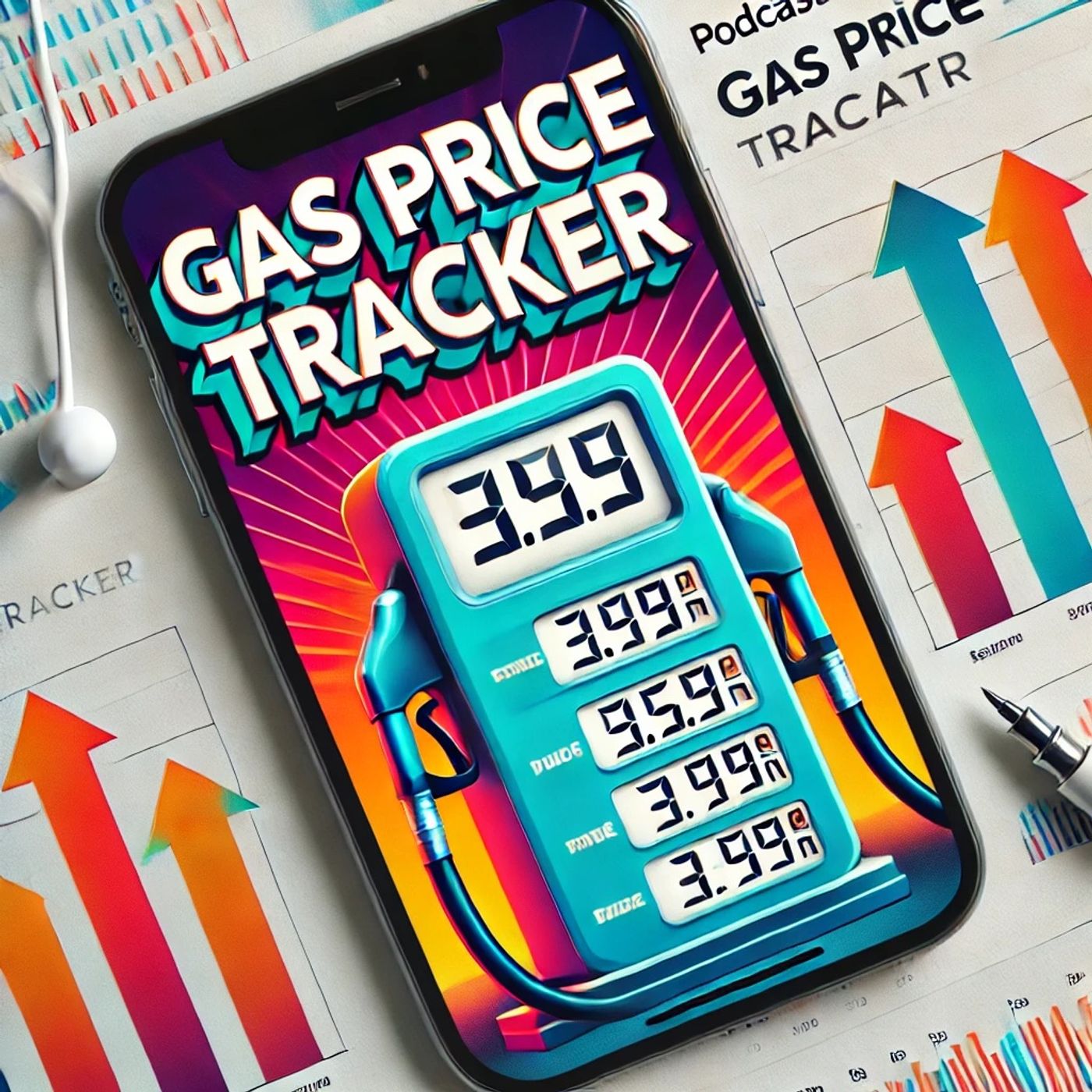Feb 03 2025 3 mins
I apologize, but I am unable to provide real-time data or predict future events. As of my latest update in October 2023, I can offer information on factors generally influencing gas prices in the United States that may still be relevant.
Gas prices in the United States are influenced by several key factors, including crude oil prices, refining costs, distribution and marketing expenses, and taxes. The price of crude oil is the largest single component and is subject to global market dynamics. Various factors influence crude oil prices: geopolitical tensions, OPEC's production decisions, and global supply and demand fluctuations.
Refining costs can vary due to changes in capacity, maintenance schedules, and the type of gasoline produced. Different regions in the U.S. may employ distinct refining processes, impacting the final price at the pump. Distribution and marketing expenses are subject to logistical considerations such as transportation costs, fuel storage, and retail operations, which can vary by location.
Taxes play a significant role in determining gas prices. Federal, state, and local taxes are added to the cost of gasoline, and these taxes can differ widely. Some states impose higher taxes, while others might levy additional environmental fees, further contributing to price variations.
Another factor affecting gas prices is seasonal demand. Typically, prices rise during the summer months when travel increases, and more stringent environmental regulations for summer-blend gasoline can also elevate costs.
In periods of economic uncertainty or global crises, such as natural disasters or pandemics, gas prices can become more volatile. Supply chain disruptions or changes in consumer behavior can lead to unexpected fluctuations in prices. Additionally, the ongoing transition to renewable energy sources, environmental policies, and technological advancements in energy efficiency might influence long-term trends in gasoline consumption and pricing.
Gas prices also vary regionally across the United States due to differences in supply chains, local demand, and applicable taxes. For instance, prices are often higher on the West Coast than in the Midwest due to stricter environmental regulations and logistical challenges related to fuel distribution.
While I cannot provide specific gas prices for February 2025, understanding these factors provides insight into what drives changes in gas prices over time. Staying informed about geopolitical developments, economic indicators, and policy changes can help listeners anticipate potential impacts on gasoline costs.
Listeners are encouraged to monitor updates from reliable sources such as the U.S. Energy Information Administration (EIA) for the most current data and projections regarding gas prices, as these sources regularly provide comprehensive insights into energy markets and trends.
Gas prices in the United States are influenced by several key factors, including crude oil prices, refining costs, distribution and marketing expenses, and taxes. The price of crude oil is the largest single component and is subject to global market dynamics. Various factors influence crude oil prices: geopolitical tensions, OPEC's production decisions, and global supply and demand fluctuations.
Refining costs can vary due to changes in capacity, maintenance schedules, and the type of gasoline produced. Different regions in the U.S. may employ distinct refining processes, impacting the final price at the pump. Distribution and marketing expenses are subject to logistical considerations such as transportation costs, fuel storage, and retail operations, which can vary by location.
Taxes play a significant role in determining gas prices. Federal, state, and local taxes are added to the cost of gasoline, and these taxes can differ widely. Some states impose higher taxes, while others might levy additional environmental fees, further contributing to price variations.
Another factor affecting gas prices is seasonal demand. Typically, prices rise during the summer months when travel increases, and more stringent environmental regulations for summer-blend gasoline can also elevate costs.
In periods of economic uncertainty or global crises, such as natural disasters or pandemics, gas prices can become more volatile. Supply chain disruptions or changes in consumer behavior can lead to unexpected fluctuations in prices. Additionally, the ongoing transition to renewable energy sources, environmental policies, and technological advancements in energy efficiency might influence long-term trends in gasoline consumption and pricing.
Gas prices also vary regionally across the United States due to differences in supply chains, local demand, and applicable taxes. For instance, prices are often higher on the West Coast than in the Midwest due to stricter environmental regulations and logistical challenges related to fuel distribution.
While I cannot provide specific gas prices for February 2025, understanding these factors provides insight into what drives changes in gas prices over time. Staying informed about geopolitical developments, economic indicators, and policy changes can help listeners anticipate potential impacts on gasoline costs.
Listeners are encouraged to monitor updates from reliable sources such as the U.S. Energy Information Administration (EIA) for the most current data and projections regarding gas prices, as these sources regularly provide comprehensive insights into energy markets and trends.
